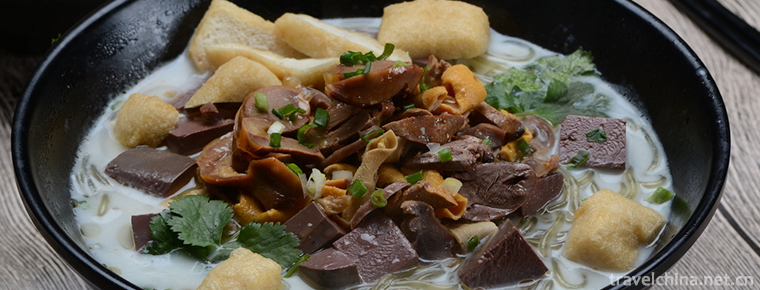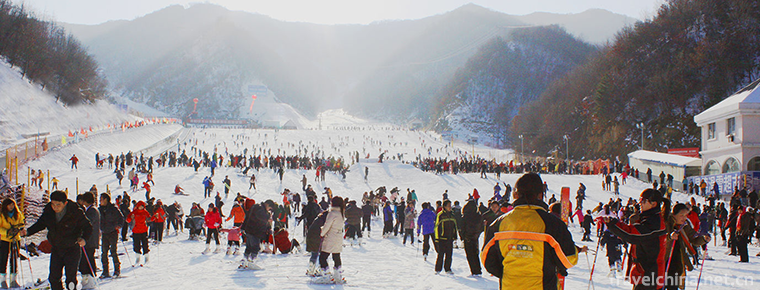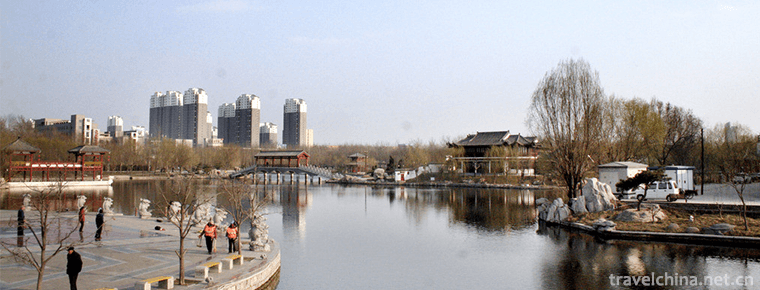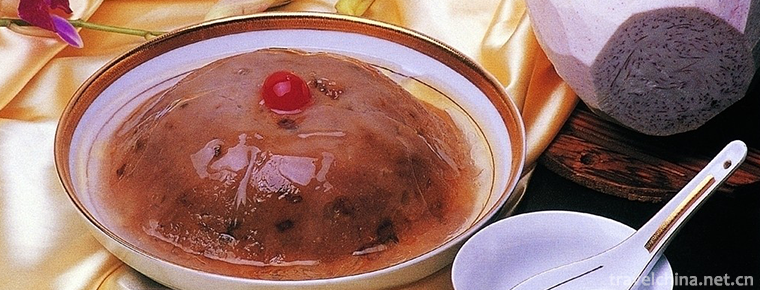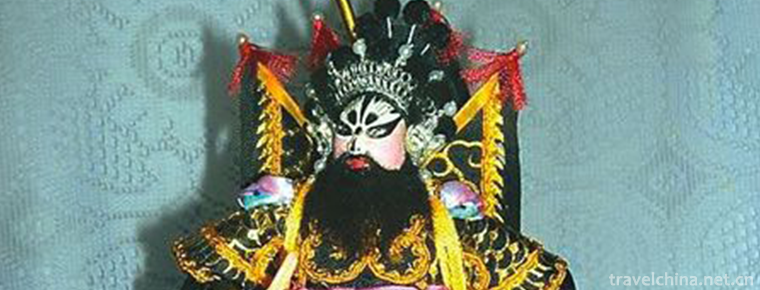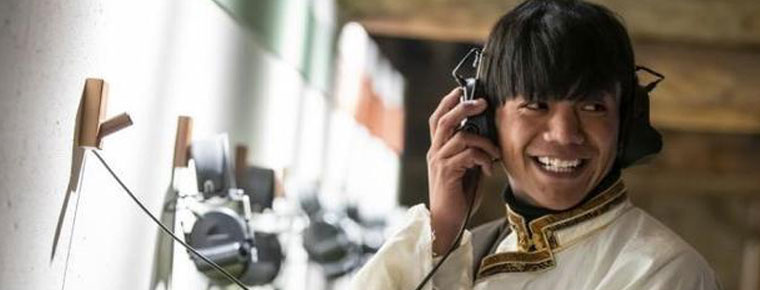Shaoshutun and Munona
Shaoshutun and Munona
Manmaisankang National AAA Scenic Area, where every day the love story between Zhaoshu Tun and the Peacock Princess Munona, beautiful music, more than 100 peacocks falling from the sky, the beautiful figure of the lake, the host's wonderful speech, tells this beautiful love story.
On June 7, 2008, Shaoshutun and Lumunona were listed in the second batch of national intangible cultural heritage list with the approval of the State Council.
Historical Origin
"Shaoshutun and Namunona" is a long narrative poem with love as the main line: Prince Shaoshutun of Mengbanga and Princess Namunona of Mengbanga Peacock Kingdom met by the golden lake, and got good love. Disasters brought about by war destroyed the good love, but the prince recovered the good love after thousands of hardships. Although long poems originated in the mid-feudal monarchy, that is, the most prosperous Dai feudal monarchy regime and the most prosperous Southern Buddhism, it does not express Buddhist monks'thoughts, but praises for life and love.
The long poem "Shaoshutun" is widely circulated in the Dai area and is deeply loved by the Dai family. Almost every village has handwritten copies. In areas where the Dai language is not popular in Yuanjiang and Jinping, it is also circulated in the form of oral rap and singing. Since the publication of the Chinese translation, it has attracted attention both at home and abroad. Newspapers and periodicals have been reprinted and radio broadcasted. In the early 1980s, it was adapted into the film Peacock Princess, which has made this Dai literary treasure known to the Chinese people. The influence of the long poems in Shaoshutun goes far beyond the Dai nationality area and occupies a place in the history of Chinese literature.
Long poems are healthy in thought and mature in art. With its far-reaching influence, different writings exploring the origin of stories have emerged, and different schools of thought have put forward different opinions: "Foreigners believe that the prototype of stories originated from ancient Sanskrit anthologies of India, first spread in Southeast Asia, and then with Buddhism introduced into Dai areas of China." Zhongyuan theorists believe that the prototype of stories originated from the ancient Sanskrit Anthology of India. Many nationalities in China have the myth of "the goddess of bird's clothes"; the "authism" holds that the myth of bird originated from the ancient Dai people. In the early primitive society, the ancestors of the Dai people once produced bird totem worship and created many myths of "the human head and the bird body" and "the marriage and match of human and bird", which is the most primitive combination of peacock fairies and human beings. Prototype.
Researchers believe that in order to explore the origin of the long poems in Shaoshutun, we should first find out: First, whether there was a large migration of clan ancestors from the north to the South or a large spread of Buddhism from the south to the north? Second, is the ancient folk myth born before, or the story of Buddha Bensheng born before?
According to historical records, the primitive pre-democracy of the Dai people came from Baiyue ethnic group, that is, Baiyue ethnic group migrated from southern China to the valley of Yunnan, and formed the Dai people after long-term integration with the local indigenous ancestors. Therefore, the primitive culture of the Dai Nationality contains the elements of Baiyue primitive culture. The legends of bird worship, bird totem and bird dress goddess are also one of the factors of Baiyue primitive culture. It was introduced into the Dai Nationality area with the great migration of Baiyue ancestors. This great migration of clan ancestors was completed about 3,000 years ago, more than 1,000 years before the birth of Buddhism. According to the order of historical development, the conclusion is that primitive myths such as "man-bird marriage" and "bird-clothes fairy" first spread to Southeast Asia along the coast of China with the great migration of clan ancestors, then over 1000 years later, along with Buddhism from Southeast Asia to the north, returned to the Dai region of Yunnan, China.
As for the relationship between the ancient folklore and the story of Buddha Bensheng, Mr. Ji Xianlin, a famous ancient philologist, historian and writer, made it clear that in his Preface to the Story of Buddha Bensheng, he said: "Most of them (referring to the folklore stories collected by Buddhism) have nothing to do with Buddhism, and some of them are even very secular. 。 However, Buddhists do not care about this. They take ready-made stories. They only need to designate a person, a God and an animal as Bodhisattva in a fixed form. A Buddhist story is even made. Thus, the source of the story of Buddha Bensheng also comes from the ancient folklore.
Shaoshutun is spread throughout the Dai nationality area. It has two forms: oral verse style and written verse style. Oral rhyme style mainly spreads in Yuanjiang, Jinping and Xinping Dai areas where Buddhist forces have not yet reached; written rhyme style manuscripts written in Dai language mainly spreads in Xishuangbanna, Dehong, Menglian and Jinggu areas where Buddhism is believed. The core content of the two is basically the same, and the details vary. There are no Buddhist temples or Dai Buddhist Sutras in the areas of Yuanjiang, Jinping and Xinping. The peacock princess who sang orally can not see the traces adapted from the stories of Buddhist sutras, and probably evolved from ancient myths. Handwritten copies of Dai poetry style circulated in Xishuangbanna and other areas are undoubtedly re-created based on the story of Shutun in Buddhist stories. If we explore further, we will find that the story of bird goddess in Buddha Bensheng comes from ancient folklore.
In this way, another conclusion can be drawn: the story prototype of the long poem Shaoshutun originated from the story of "the goddess of bird's clothes" in ancient times. Since the ancient South China and the Central South Peninsula were a common cultural area, this ancient story is also the spiritual product created by the ancestors of this common cultural area.
primary coverage
Legend has it that a handsome and brave prince called Shaoshutun in the ancient Canadian state left the palace to oppose his father's engagement when he became an adult, looking for his ideal companion everywhere. One day, when he came to the beautiful golden lake, seven princesses of the peacock kingdom came to the golden lake to bathe. The seven princesses of the kingdom, Namunona, were beautiful and noble, and deeply touched the prince. When the prince was worried, the dragon in the lake told the prince the secret of keeping the little princess. So the prince hid her peacock feathers while the seven princesses were bathing, so that she could not fly back. They fell in love at first sight and hit the spark of love.
Six "national treasures" in the Dai Garden reveal the excellent history and culture of the Dai nationality. It will carry the Shenzhou of history and the living ecological museum into the future, and cross the beautiful new space and time...

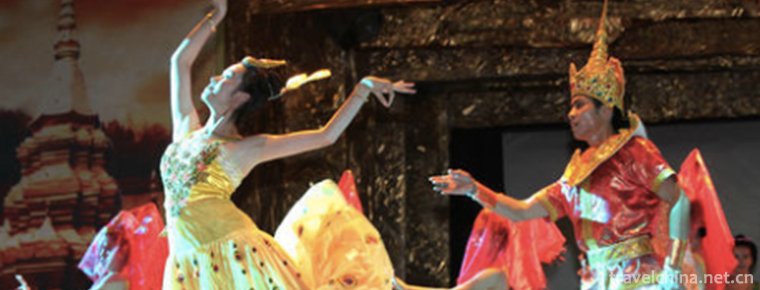
-
Duck blood soup with vermicelli
Duck blood vermicelli soup is a famous specialty in Nanjing, belonging to Jinling food....
Views: 218 Time 2018-10-26 -
Funiu Mountain Skiing Resort
Located on the north slope of the old boundary ridge of Funiu Mountain in Luanchuan County, Luoyang Funiu Mountain Skiing Resort has the highest elevation of 2200 meters and an elevation of 1700 meter.
Views: 133 Time 2018-12-22 -
Dong Ziyuan Scenic Area
Dong Ziyuan Scenic Area belongs to Dezhou Economic Development Zone. Dezhou Economic Development Zone, as a provincial economic development zone approved by Shandong Provincial People's.
Views: 319 Time 2019-01-08 -
Libo Karst
Maolan National Karst Forest Nature Reserve, located in the southern suburb of Libo County, is a well-preserved natural forest vegetation in the karst landform of the central .
Views: 157 Time 2019-01-29 -
Lushan Karst Cave Group Scenic Area
Yiyuan Karst Cave Group is located in Nanlushan Town, 7 kilometers northwest of Yiyuan County. It has been proved that there are more than 100 caves in the area of 5 square kilometers around the ape-m.
Views: 164 Time 2019-02-06 -
rime island
Wuluo Island, an island on the Songhua River, is located in the Manchu town of Ura Street, Longtan District, Jilin Province. The villages of Hantun and Zeng Tongtun in Manchu Town of Ura Street are th.
Views: 186 Time 2019-02-25 -
Nanchong Xishan Scenic Area
Nanchong Xishan Scenic Spot, located in the west of Shunqing City, is a provincial scenic spot and a national 4A-level tourist attraction. It is the destination of "Three Kingdoms Cultural Explor.
Views: 204 Time 2019-02-25 -
Eight treasures taro
Babao taro paste is one of the local traditional sweet spots in Fujian cuisine. This dish is delicate, soft, sweet and delicious. It looks like a cold dish but burns its mouth. It has a unique flavor..
Views: 114 Time 2019-03-27 -
Color tie
Color tie Coloured tie is also called paper tie and silk tie. It is a kind of simulation art of Chinese traditional folk crafts, and also a comprehensive handicraft..
Views: 333 Time 2019-04-04 -
Beijing Union University
Beijing Union University was founded in 1985 by the Ministry of education. It is a comprehensive university in Beijing. Its predecessor was the 36 University branches in Beijing in 1978. After more th.
Views: 160 Time 2019-09-06 -
Beijing Information Science And Technology University
Beijing Information Science and Technology University (Beijing Information Science and Technology University), located in Beijing City, is a city with a coordinated development of engineering, managem.
Views: 158 Time 2019-09-21 -
Ding Zhens voice is on the rise and the tiktok of Ganzi Sichuan has doubled
In November 11th CCTV news and Oriental tiktok were put on a short video of the tremble. Ding Zhen, the "sweet boy" in the video, triggered a phenomenal network event with a transmission volume of more than 5 billion times. At the same time, Ding Zhen also became the propaganda Ambassador of his hometown Litang County, driving the search volume of "Litang" to soar by 620%..
Views: 86 Time 2020-12-07
